How To Write A Welcome Email That Gets Opened Every Time
I am an affiliate with links to an online retailer in this blog post. When you read what I have written about a particular product and click on that link and buy something from the retailer, I can earn a commission. Please note that I only recommend products that I truly believe in and use in my business. Please read my full disclaimer here
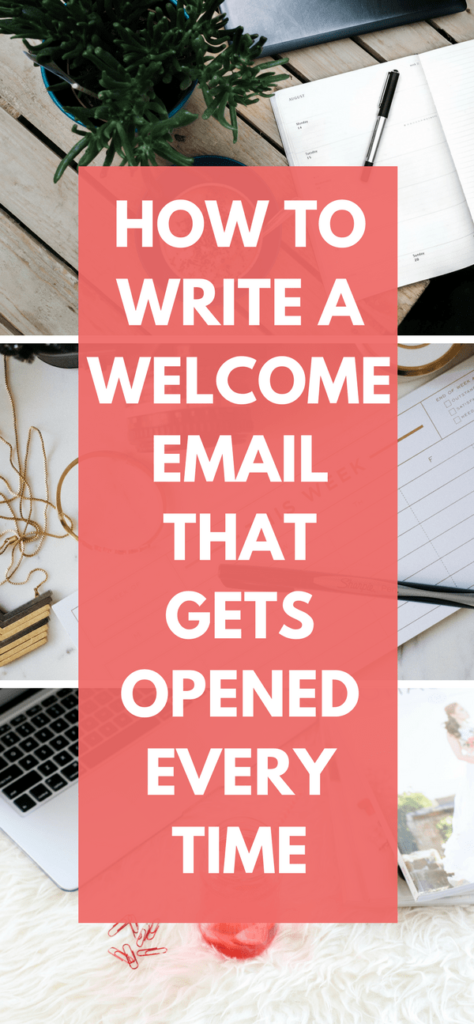 The first email that someone gets from you when they first knock on your door and enter your email list should always get an open.
The first email that someone gets from you when they first knock on your door and enter your email list should always get an open.
If your open rates for your welcome emails are not higher than 50% then you’re doing something wrong and I will share with you, one key thing that I always do to increase my open rates.
The thing is, if your open rates for your first email is low, it dictates what your open rates are likely to be for the rest of your email series.
What you want to do the first time, is leave a lasting impression on your visitors so they will feel like they just have to read your second, third or fourth email.
Doing so can lead to high click through rates, more people seeing your content and potentially sales.
What You Will Learn:
This is going to be a comprehensive guide on what to say in the very first email you write to your visitors and what to say before you even get visitors to your list so you can maximise every chance you get for them to open that email.
You will learn:
- Why your first email is the most important email
- One insanely easy thing you can do to increase open rates of your first email
- Exactly what you should be writing in your first email
- Other example templates of welcome emails than you can take inspiration from
Why Your First Email Is The Most Important Email
Building Relationships
Like they say, the first impression lasts and is always the one that counts.
When you are meeting someone for the first time, or if they are just coming to your business through a sales funnel channel, it’s always best to greet them with an email that says “this is me but I’m not ready to marry you yet”.
The reason why we build email lists is that we are hoping that by adding a subscriber to a follow up process, they become profitable one day.
Essentially what this means is that you want to be able to turn your subscriber into a paid customer one day however whilst that is the outcome you’re seeking to achieve, on the first day you meet them, you don’t want it to be the obvious scenario.
This is why you need to work towards building a relationship with your subscribers and the first thing you do not want to give to them when you first meet them, is a sales pitch.
Selling to your subscribers the first time you meet them is like shooting yourself in the foot.
You have worked so hard to acquire that subscriber. You don’t want to end up with a lot of unsubscribes or even worse a dead, non-responsive list.
That is how important your first email is because it sets the taste in the subscribers’ mouth as to how valuable they perceive you.
If you can in fact help them solve a problem as opposed to getting money out of them they will decide whether they want to remain on your list or not.
So how exactly do you create a great first impression? By remembering that no one likes to be sold to. Therefore when writing your welcome email do not focus on the sale.
It’s Simply Expected
Another reason why welcome emails are so important is simply for the fact that it is expected.
When persons opt into a lead capture page to receive a lead magnet, they automatically assume that they are going to receive that lead magnet to their email address.
So what do they do?
They check their inbox or junk mail and if it’s not in there, they may opt in again to make sure that they did not enter an incorrect email address.
The number of times I have seen in my email list, similar names but different spelling email addresses. So it would be apparent that the lead made an error when typing in their email address.
That points out to me that the lead does expect some delivery to their email address.
If you do not have a welcome email set up, it tells the lead that you are not prepared, you’re not bothered about greeting them and disappointingly you have failed to deliver on your promise of the lead magnet.
If this happens don’t be surprised if your email list forgets about you when you do finally send your first email and a lot of unsubscribes occur.
Even if it is automated, remember that when you create that funnel and before you send traffic to that funnel, prepare an email list and at least a welcome email to introduce yourself to the subscriber.
One Insanely Easy Thing You Can Do To Increase Open Rates Of Your First Email
Industry standards say that the average open rate is anywhere between 50% to 86%.
Here’s my welcome email on two email lists:
So if your welcome emails are currently getting below these figures then you can optimise your opt in page sequence or sales funnel for better results.
Most of the times the reason why list owners get low open rates, is because the subscriber was not fully engaged, they did not receive the email in the first place or the email ended up in their junk mail.
This is why it is important that the message you send to the subscriber is clear, precise and gives them instructions to take action.
Basically your call to actions must be effective.
What is a call to action?
A call to action is a statement that you make to get an immediate response from the person reading the statement to do something.
Types of call to actions
For this particular section I am going to focus on the type of call to actions you can include in your opt in sequence and sales funnels.
When the subscriber opts into a content upgrade on the blog or a lead capture page on the sales funnel, you want to ensure that there is a thank you page at the end of each sequence speaking to the subscriber and telling them what to do next.
On the thank you page you can include text call to actions or video call to actions.
Text call to actions
If you are using text call to actions some examples of instructions that you can give to the subscriber to follow so that they head to their email is as follows:
Check your inbox for my email
An email has been sent to your inbox. Make sure and go there and look for it
Your gift/promised offer has been sent to your email. Be sure to check it out
Check your junk mail too just in case my email was delivered there.
If you are using the double opt in feature where your subscriber needs to confirm that they want to receive your emails give the subscriber instructions as to what they need to do.
For example, “you will receive an email with a confirmation link in it. Click on that link if you really want to receive my emails in the future”.
Here is what my thank you page call to action looks like:
Video call to actions
If you are using video call to actions you can create a video that gives similar instructions to your subscriber.
In the video you first of all want to introduce yourself, then tell the subscriber what to expect with any emails that you send to them.
By doing this you have a higher chance of your first email being opened because the subscriber has been informed about the arrival of the email, is aware that an email will be in their inbox or junk mail and so is more likely to take action to find the email and open it.
Exactly What You Should Be Writing In Your First Email
Let’s break down the anatomy of the first email.
Most marketers say that whilst your first email is opened by many subscribers it is important not to overload it with content.
I want to add to that it’s important that the first email is overloaded with the right content. Sometimes we can go on and on about things irrelevant to our readers which turn them off, but if you deliver the right content, even if it is overloaded, you will have a subscriber holding on for your other emails.
Let’s dive right into it.
I think your first email should have the following components:
- Thank you
- About me
- Who is the email list for
- What they will expect to receive from you
- How to continue receiving your emails
- How to connect with you
- What happens next
This outline can be applied to any email series, whether it’s for a course, a consultation, subscribing to a newsletter, etc.
Thank you
This is an obvious requirement and it is where you express your gratitude to the subscriber for trading their email address for joining your email list.
In this part I like to express how excited I am for them to choose me and join with me.
It’s all about giving the impression that they are in the right place and they will not be disappointed because of what you’re about to deliver.
You want to make your subscriber feel welcomed. So be as happy as you can with your words.
About me
If your subscriber has not already figured out who you are from your website or marketing material it’s a good idea to cover this again in a short blurb about you.
In this section you want you to introduce yourself again.
Tell them about your history in whatever niche you’re a part of and give the reason why you are qualified to educate them about what they’re about to learn.
So for example, in my email course about making money blogging, I tell the subscriber my history with blogging and what I have achieved since I started.
It is important to let your subscriber know that you have experience and you have gotten results before so you know what you’re talking about.
People want to learn from others, so if that is you who have had success then let them know about that success.
Who is the email list for
You want to make sure that your subscriber is qualified to be on your email list. So by stating who the content is for, will help the subscriber understand whether the information that they are about to receive is actually what they want to learn from.
For example, if I want to learn more about SEO but find myself on an email list that talks about Pinterest, then I know I am not in the right place.
Wouldn’t it be great if you can have only the right people that matter on your email list?
It would definitely help filter out those who stumbled into your email list out of curiousity and retain those who actually want to learn what you have to teach.
This section therefore should briefly explain what type of information the subscriber will learn from the email list.
And if it does not suit them you can politely invite the subscriber to unsubscribe from the email list by pointing them to the unsubscribe link.
Don’t be disappointed if you find many unsubscribes happen after this. It is a good sign and helps you build a healthy email list that is more likely to open your future emails and click through to your links.
What they will expect to receive from you
I think it’s important to let your subscribers know what they will be getting from you.
It just sets their expectations for the type of content they will receive.
If you email list is specifically for a course feel free to outline the course structure. You can break down what the topics of discussion will be every day.
That way, you will have an email list that is looking forward to your emails as they already know what they’re going to receive from day one.
I find that when I tell my subscribers what they are getting each day, my open rates are higher in follow up emails.
I suppose it is something that they are looking forward to.
How to continue receiving your emails
This is not absolutely necessary but with so many emails being sent to the junk folder I think it is important that we ask our subscribers to whitelist our emails so that all future emails are delivered straight to their inbox.
It is more than likely that if the subscriber has opted in for a series of emails where they are likely to receive value, that they will want to ensure that they always see the email.
So this is where you can instruct the subscriber to take action so that they continue to receive your emails.
I like to say something like “please whitelist my email address so that you don’t miss an email from me”.
I also like to tell them how to whitelist it as some people are not really sure how to do this.
How to connect with you
People buy from people which is why this is a necessary step that you should take to get your subscriber from the inbox to any social media outlets that you are active on.
This helps your subscriber see that you are a real person.
It helps them to interact with you, thereby building the relationship and forging that closer connection which is a strong driver of sales.
When you get the subscriber to connect with you in person, they get to know more about you and also builds trust with you.
I would recommend sharing the easiest way to connect with you. Whether that’s on Facebook or Instagram.
Some people go as far as providing their contact number or Skype contact. This is not absolutely necessary unless contact by phone can help close a sale quicker.
This is where you decide what mediums are best for your subscriber to connect with you.
What happens next
Finally you can conclude your email by telling your subscriber what they can expect next. Whether that is waiting for the second email which comes the day or week after.
It’s an informative way of closing the email and preparing the subscriber for your next action.
Other Example Templates Of Welcome Emails That You Can Take Inspiration From
Whilst I have set out a comprehensive guide to welcome emails and everything that should be in it, there are other welcome emails which are short and simple.
However these shorter welcome email templates are useful for eCommerce brands.
If you are a brand that is providing a professional service such as consulting, coaching, advising you may wish to opt for the long form welcome email.
Here are some email templates from eCommerce brands.
Notice how the first thing the email says is “thank you”. It also includes a hint of what the reader is likely to receive in future emails, “hydration tips, pack hacks and previews of new gear”.
Another example of what you can expect from being on an email list, Naturally Curly tells their subscribers “you are now signed up for…”
Wrapping up
So that’s my complete guide to welcome emails.
It is the first and most important email that you should be writing, so use the points that I included here to craft your first email and make sure to get it right.
Remember email list building is all about building relationships. So even if you get the best first email, what comes after is also important so pay attention to this as well.
Give me some love in the comments by letting me know whether you like long or short form welcome emails.
Cheers


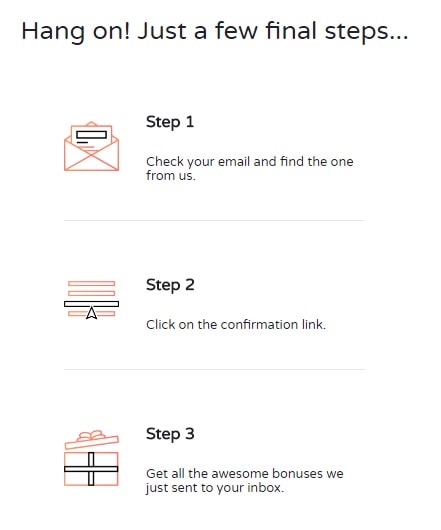
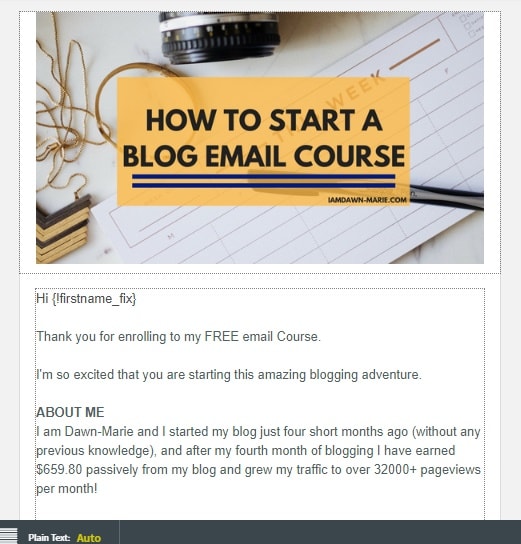
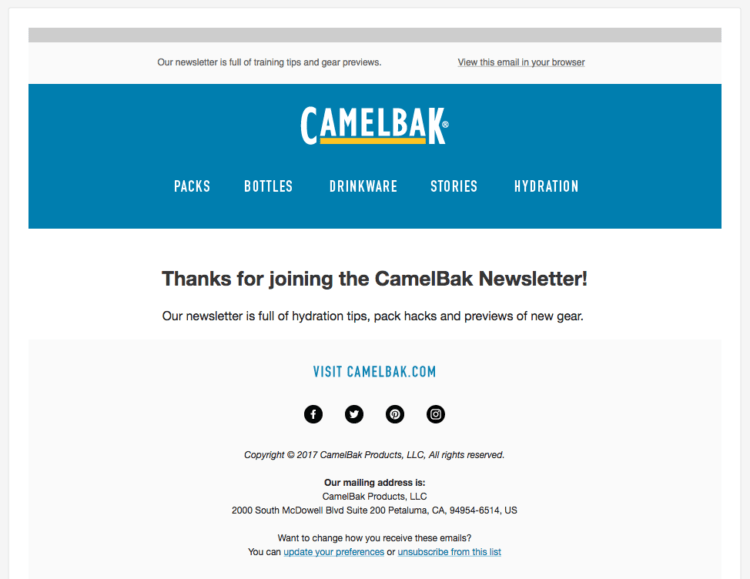
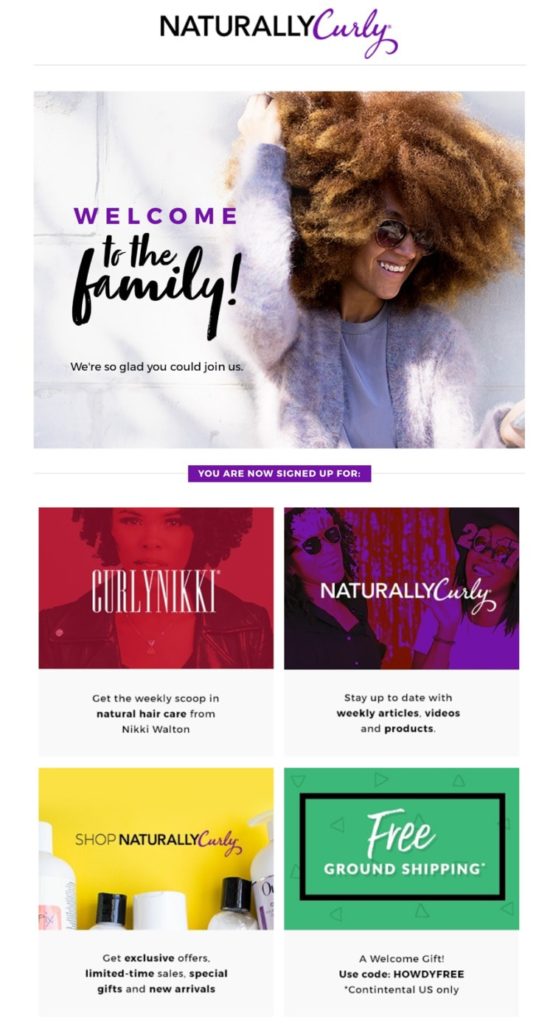

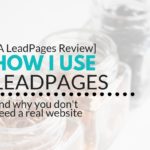 Previous Post
Previous Post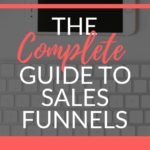 Next Post
Next Post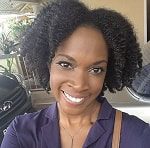
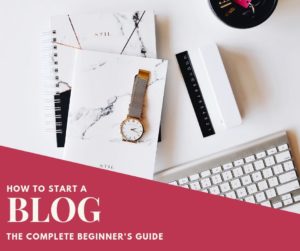
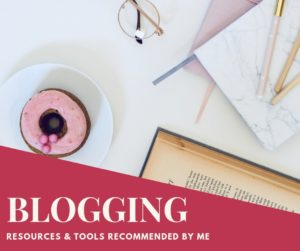



Thank you so much for this. It was detailed and comprehensible and gave me the kick in the butt I needed.
Awesome! I’m so glad it could help!
Awesome advice! I can’t wait to use these tips to start my welcome series. It’s been a long time coming, ha!
Awesome! Really happy to hear that. Thank you. Good luck writing that series Michelle.